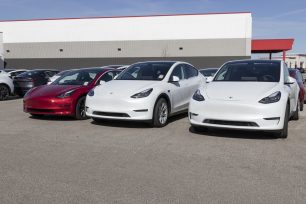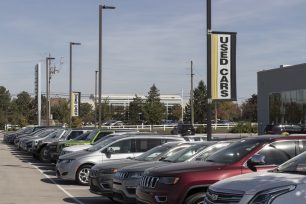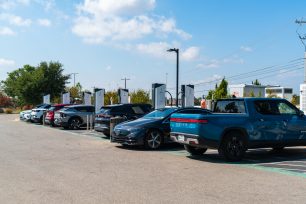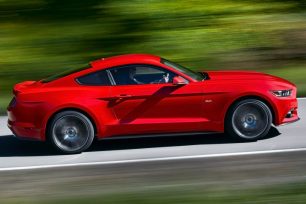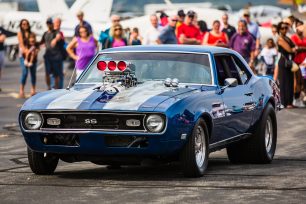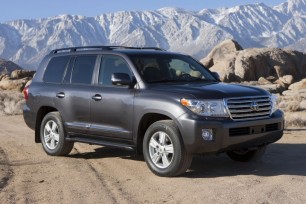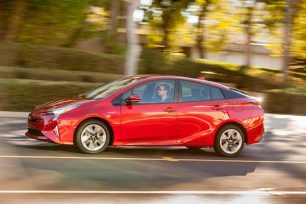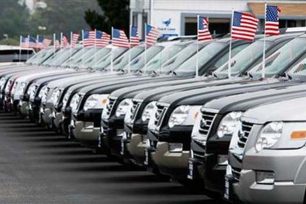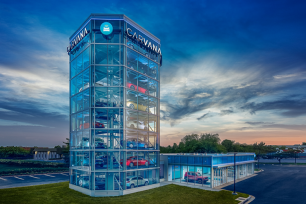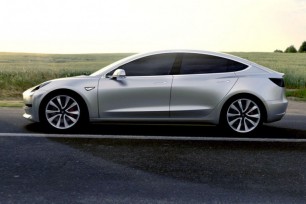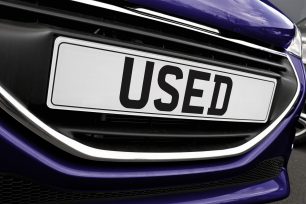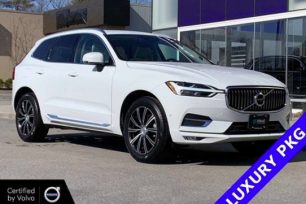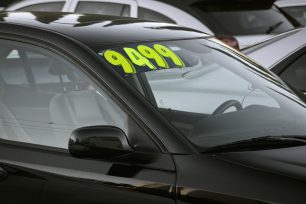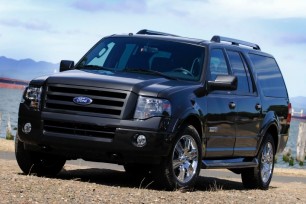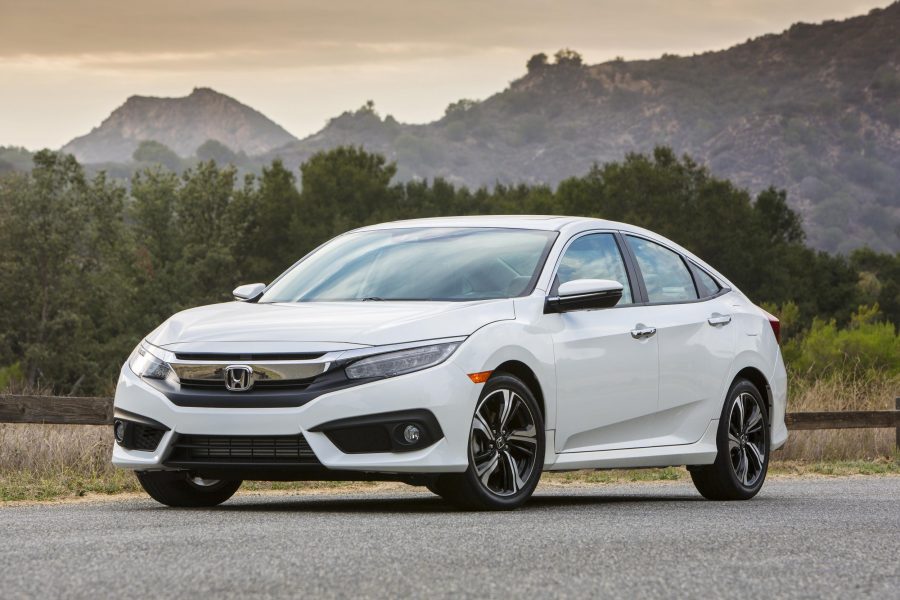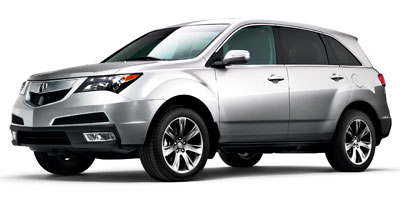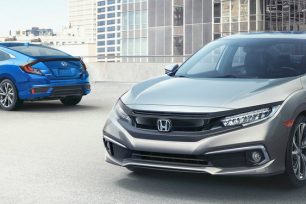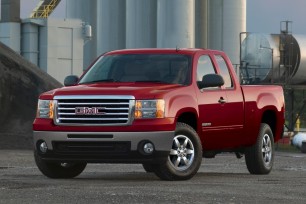A vehicle priced under $5K or less is 7.3 times more likely to be a scam than a car over $12K
Woburn, Mass. – When buying a used car, it’s always best to do your research and make sure you’re buying a good car from a good dealer. However, how do you know if the used car you’re considering may be too good to be true or a potential scam? One way is to look at the price; if the price is too good to be true, it may very well be.
To determine which used cars may be too good to be true, iSeeCars.com looked at 50 million used cars for sale by dealers over the last two and a half years and analyzed vehicles that are priced abnormally below average market value. Additionally, too good to be true listings were also analyzed for several other factors to confirm their validity including dealer reputation and suspicious comments.
The finding is that the chances of a used car being too good to be true increases for cars listed at lower price points. A used car priced over $12K has a 0.3% chance of being a potential fraud or 3 out of every 1000 vehicles. However, vehicles priced under $5K are 7.3 times more likely to be so at 2.2% chance. Cars under $3K have the greatest odds of being too good to be true at 5%.
| Used Car Listing Price |
Chances of a Used Car Being “Too Good to Be True” |
| $3,000 or below |
5.0% |
| $5,000 or below |
2.2% |
| $6,000 or below |
1.8% |
| $7,000 or below |
1.5% |
| $8,000 or below |
1.3% |
| $9,000 or below |
1.2% |
| $10,000 or below |
1.1% |
| $12,000 or below |
1.0% |
| Greater than $12,000 |
0.3% |
Even for used cars under $10K, the chances of coming across a potential scam are 3.6 times higher than those over $12K. “It may be that dealers think they are more likely to get away with cheating people who are looking for lower price vehicles,” Phong Ly, co-founder and CEO of iSeeCars.com said. “We found examples of cars being advertised for much less than their market value or what they’re worth. The dealer’s hope is to lure the potential buyer into the dealership in an attempt to sell them a different car or the same car but on an expensive financing plan. It may also be that the advertised car has some major undisclosed issue or it could be odometer fraud.”
So what are other characteristics of used cars whose price is too good to be true and what else can a buyer learn to be more careful about? iSeeCars.com discovered that 50% of the vehicles that may be a potential scam are priced under $10K. Further, there is a much greater likelihood of too good to be true listings coming from smaller dealers than larger dealers. Used cars that are 10 years or older or have over 100K miles are also more likely to be scams.
iSeeCars.com offers the following tips for identifying and preventing a potential scam:
Do your homework. Research the fair market price of the vehicle you are interested in purchasing. iSeeCars.com calculates a market price for each car; also check pricing services such as KBB or Edmunds. If the one you are looking at is significantly less, be extra careful and ask questions of the dealer to find out if there are significant problems with the vehicle or if the vehicle is salvage. Buy and check the car history report.
Bring a copy of the listing or advertisement with you. Check that the advertised VIN is the same as what’s on the car. If the VIN’s are different, or the car doesn’t exist, or the deal is significantly different then what is advertised, walk away. Any dealer who is not honest from the start is not someone you want to do business with.
Be aware of odometer fraud. Learn the basic signs of odometer fraud and be ready to check the vehicle for them when you get there. Buy and check the vehicle history report. One simple starting point is to look at the oil change sticker or car records and see if the mileage posted on those corresponds with what you are seeing on the odometer.
Prepare a list of questions to ask the dealer. In addition to reading the vehicle history report, ask the dealer some questions. The answers may lead to why the car is so inexpensive. Ask if it’s been in an accident, has it been through a weather event (hurricane, tornado), is it up-to-date on all recall repairs, etc.
Research the dealer. iSeeCars.com has a dealer rating that will let you see how price competitive and transparent the dealer is compared to other dealers. In addition, do an online search to see what people are saying about the dealer. Visit the Better Business Bureau or review sites to see if there are any complaints.
Have the vehicle inspected by an independent mechanic. This is one of the most important things to do especially if you’re buying a car that no longer has a manufacturer’s warranty. Ask the dealer if you can get an independent mechanic to inspect the car.
Methodology of the Study:
iSeeCars.com analyzed over 50 million used cars for sale by dealers from January 2012 to May 2014. A car was considered a potential scam or too good to be true if the asking price was abnormally below average market value. Additionally, too good to be true listings were also analyzed for several other factors to confirm their validity including dealer reputation and suspicious comments. Vehicles where the dealer gives a reason for the low price, such as the vehicle is salvage, it does not run or it needs fixing because of problems, are excluded.
About iSeeCars.com:


